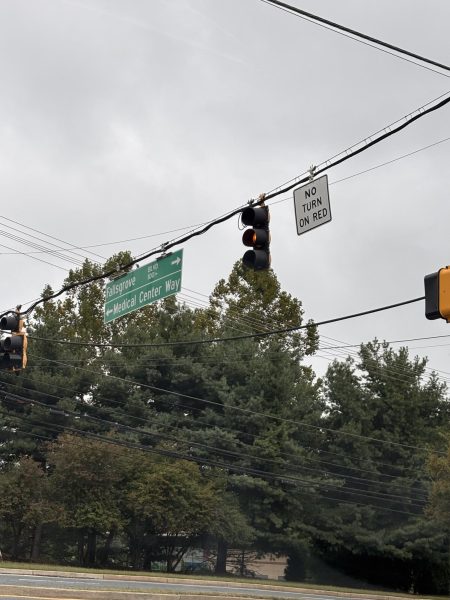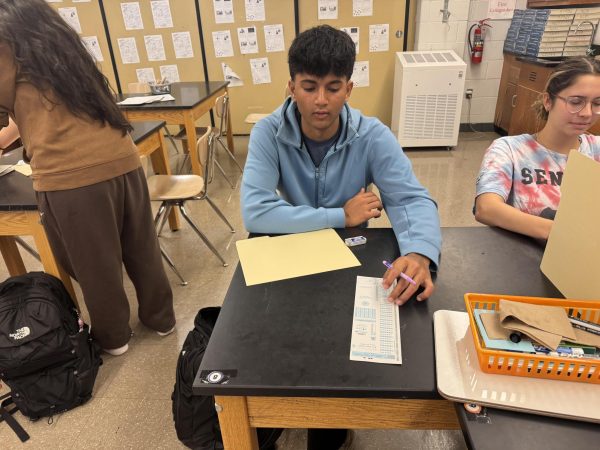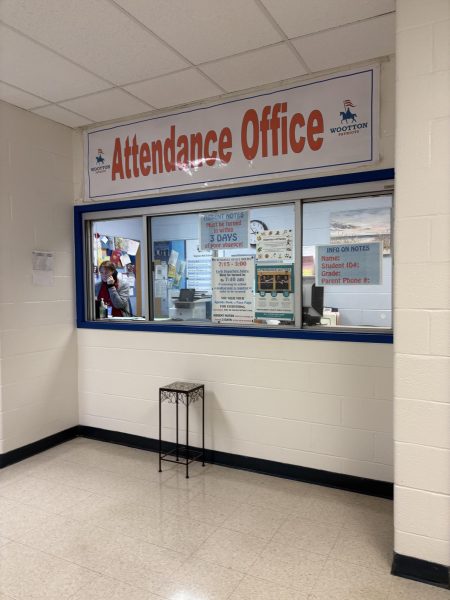Teachers and students adapt to virtual AP classes
Junior Olivia Kim keeps up with her AP classes from home.
As a result of the virtual learning format this year, uncertainty continues to cloud the future of AP testing.
While the College Board has decided to administer the tests in-person this upcoming May, how this will play out is still up in the air, given the unpredictable nature of the pandemic and the diverse challenges AP teachers are facing with online learning in preparing their students for the upcoming exams.
One major obstacle teachers face while teaching APs is adjusting students’ workloads to the virtual format. Teachers are restricted to only providing material that is absolutely necessary for the course, even though additional learning material is important for student comprehension. “[An adjustment I’ve had to make is] really looking at assignments and choosing the ones that have the absolute best learning potential for students and dropping the rest. Again, the rest are important. I try not to give work that is not in some way important to the class, but now I have to limit what I give because of the online format,” AP Economics teacher Christopher McTamany said.
Teachers have also faced difficulty with adjusting to the new time constraints that virtual learning creates. While AP teachers would have had five days a week to teach class material, the online format provides them with only two. “The difficult part in teaching AP [Calculus] BC this year is organizing the material to keep pace with the AP schedule,” AP Calculus BC teacher Alexandra Brasoveanu-Tarpy said.
Teachers are challenged with maintaining student engagement online, as distance learning has forced new responsibilities upon students. This can range from turning cameras on during class to seeking extra help. “Students are more responsible for their own learning and for asking questions if they do not understand material. Many students either don’t realize or are not stepping up to the plate regarding this responsibility,” McTamany said.
While teachers have found this new student responsibility to be understandably challenging, there are varying viewpoints on this aspect of distance learning. “On the positive side [of virtual learning], students must become more self-sufficient in their studies and that may help them in the future,” Brasoveanu-Tarpy said.
Students taking AP courses have had to adjust to this new teaching format. For instance, many have struggled with motivation and organization, which are especially important for challenging courses like APs. “Since it’s online, I think it’s harder to keep track of your own workload and pace because the teachers can’t make sure in person. We have to take more responsibility in our work,” junior Eric Jo said.
While these new adjustments have been difficult to overcome, students have noticed benefits to learning APs online as well. Certain students have found that distance learning has made one-on-one contact with teachers easier. “I think [virtual learning] is different but it’s not going too fast. I can keep up and get individual help. For instance, it’s easier to ask questions in the chat on Zoom,” junior Olivia Kim said.
Your donation will support the student journalists of Thomas S. Wootton High School. Your contribution will allow us to purchase equipment and cover our annual website hosting costs.
Hannah Rah is a 2022 graduate.







